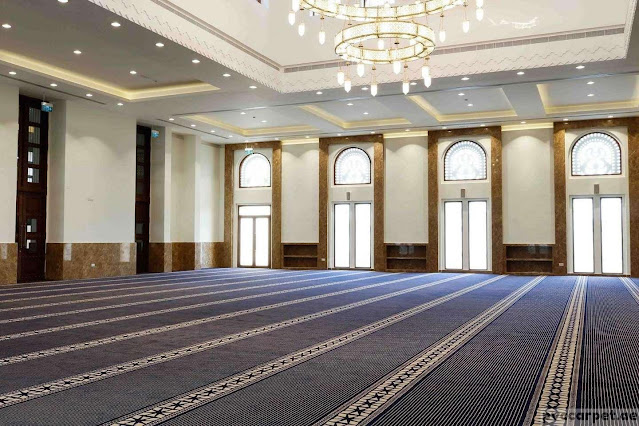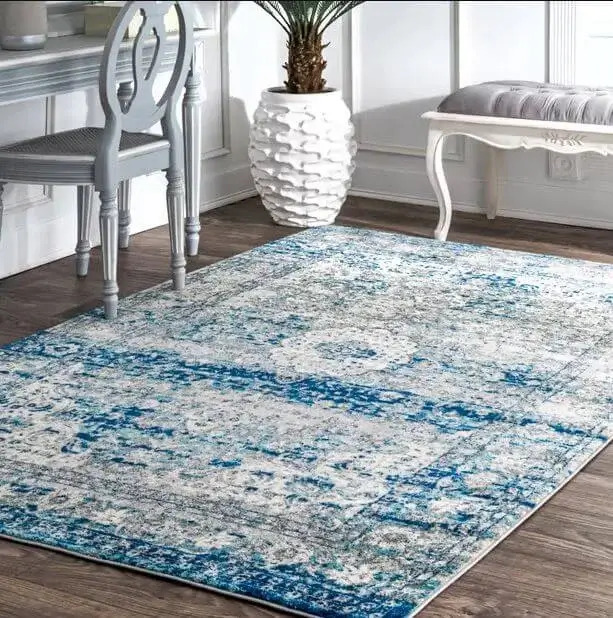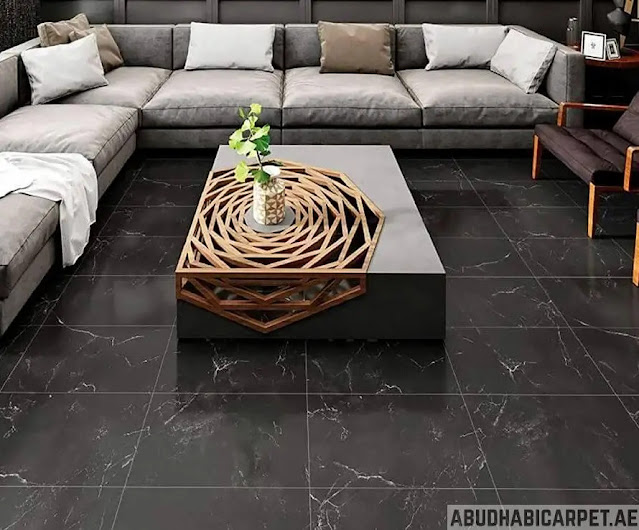The Artistry and Symbolism of Mosque Carpets: Weaving Together Faith and Culture
Exploring the Intricate Beauty and Spiritual Significance of Mosque Carpets
Mosque carpets are more than just ornate floor coverings; they are woven threads of cultural heritage, spiritual symbolism, and artistic expression. Stepping into a mosque, one is often greeted by the sight of a beautifully adorned carpet, meticulously crafted with intricate designs and vibrant colors. These carpets not only enhance the visual aesthetics of the prayer space but also hold deep cultural and religious significance for the Muslim community.
A Tradition Woven in History:
The tradition of using carpets in mosques dates back centuries, with origins rooted in the heart of Islamic civilization. Early Muslims recognized the importance of creating a conducive environment for prayer, one that inspires reverence and tranquility. Thus, the practice of adorning mosque floors with carpets began, evolving over time into a symbol of cultural identity and religious devotion.
Artistry in Every Thread:
Each mosque carpet is a masterpiece of craftsmanship, meticulously handwoven by skilled artisans using techniques passed down through generations. The process of creating these carpets is a labor-intensive endeavor, requiring precision, patience, and a deep understanding of traditional motifs and patterns. From the intricate floral designs of Persian rugs to the geometric patterns of Anatolian carpets, each style reflects the rich diversity of Islamic art and culture.
Symbolism Woven into Design:
Beyond their aesthetic appeal, mosque carpets are laden with symbolism that reflects the spiritual aspirations of the faithful. The motifs and patterns found in these carpets often carry profound meanings, ranging from symbols of paradise and eternity to representations of unity and harmony. For example, the ubiquitous mihrab design, resembling an archway, symbolizes the gateway to Mecca, the holiest site in Islam, towards which all prayers are directed.
Creating Sacred Spaces:
In addition to their decorative function, mosque carpets play a crucial role in defining the sacred space of the prayer hall. The softness and comfort they provide not only enhance the physical experience of prayer but also contribute to a sense of spiritual connection and serenity. As worshippers bow and prostrate on the carpeted floor, they are reminded of their humility before the Divine and their interconnectedness with fellow believers.
Preserving Tradition in the Modern Era:
In today's fast-paced world, where mass production often supersedes artisanal craftsmanship, the tradition of handwoven mosque carpets faces challenges. However, efforts are underway to preserve this cultural heritage and ensure its continuation for future generations. Organizations dedicated to reviving traditional weaving techniques and supporting local artisans play a vital role in sustaining this timeless tradition.
Bridging Cultures and Communities:
Mosque carpets not only serve as religious artifacts but also act as cultural ambassadors, bridging diverse communities and fostering interfaith dialogue. Through their beauty and symbolism, these carpets invite people of all backgrounds to appreciate the rich tapestry of Islamic culture and heritage. They serve as tangible reminders of the shared values of faith, peace, and compassion that unite humanity.
In the tapestry of Islamic art and culture, mosque carpets occupy a central place, weaving together strands of tradition, spirituality, and artistic expression. As worshippers gather on these intricately crafted carpets to engage in prayer and reflection, they are reminded of the timeless beauty and profound symbolism that enrich their spiritual journey. In an ever-changing world, mosque carpets stand as enduring symbols of faith, culture, and community, inviting all who enter to tread softly upon their sacred threads.

.jpg)


Comments
Post a Comment